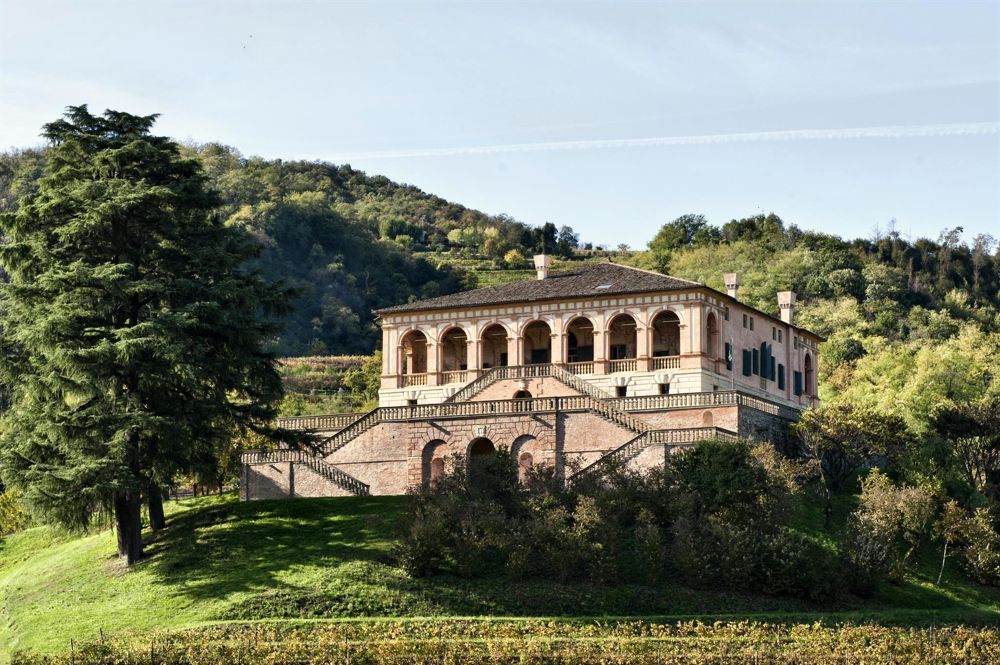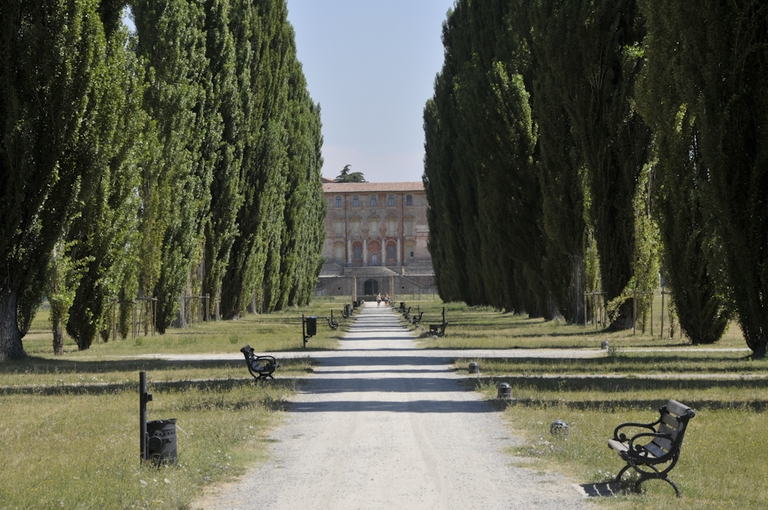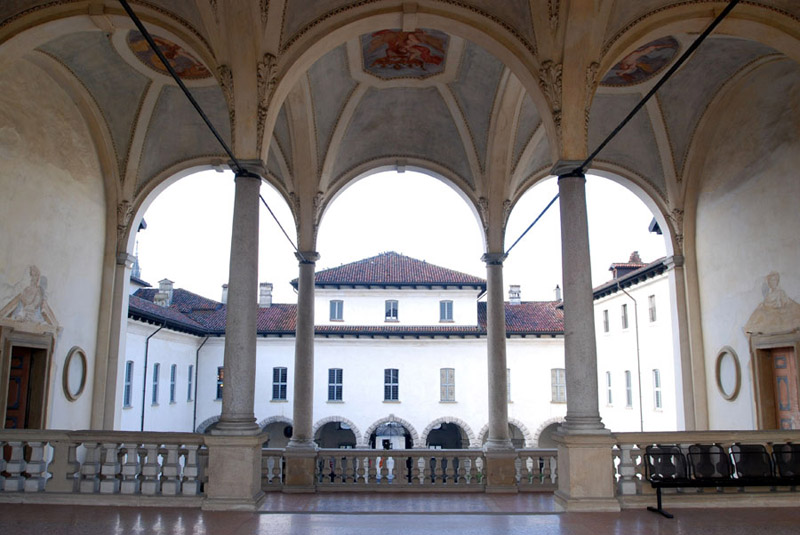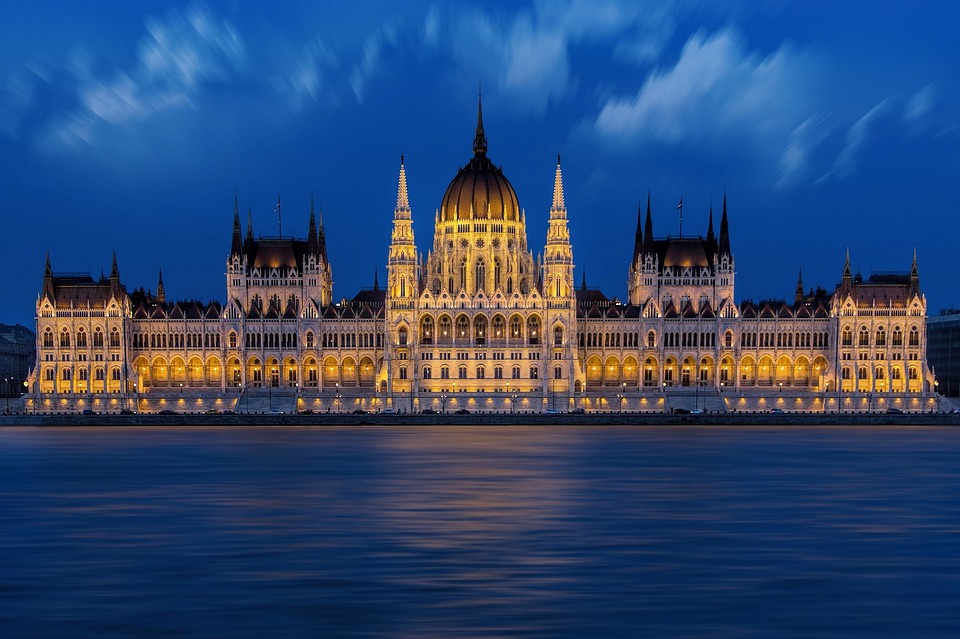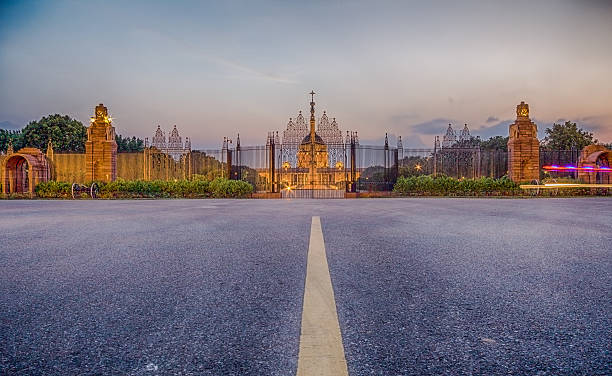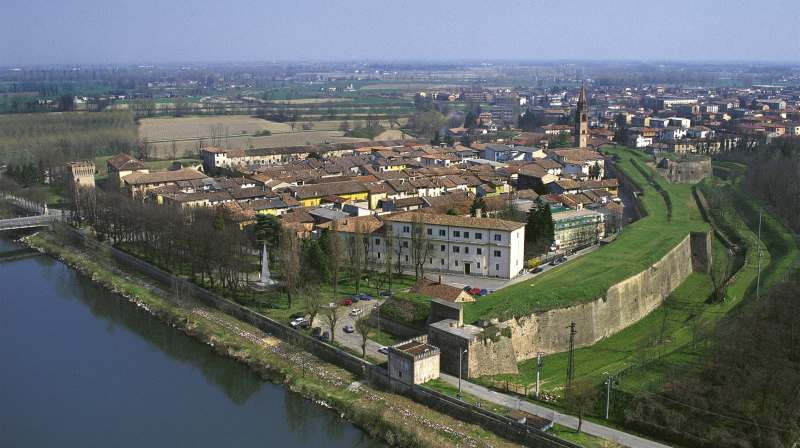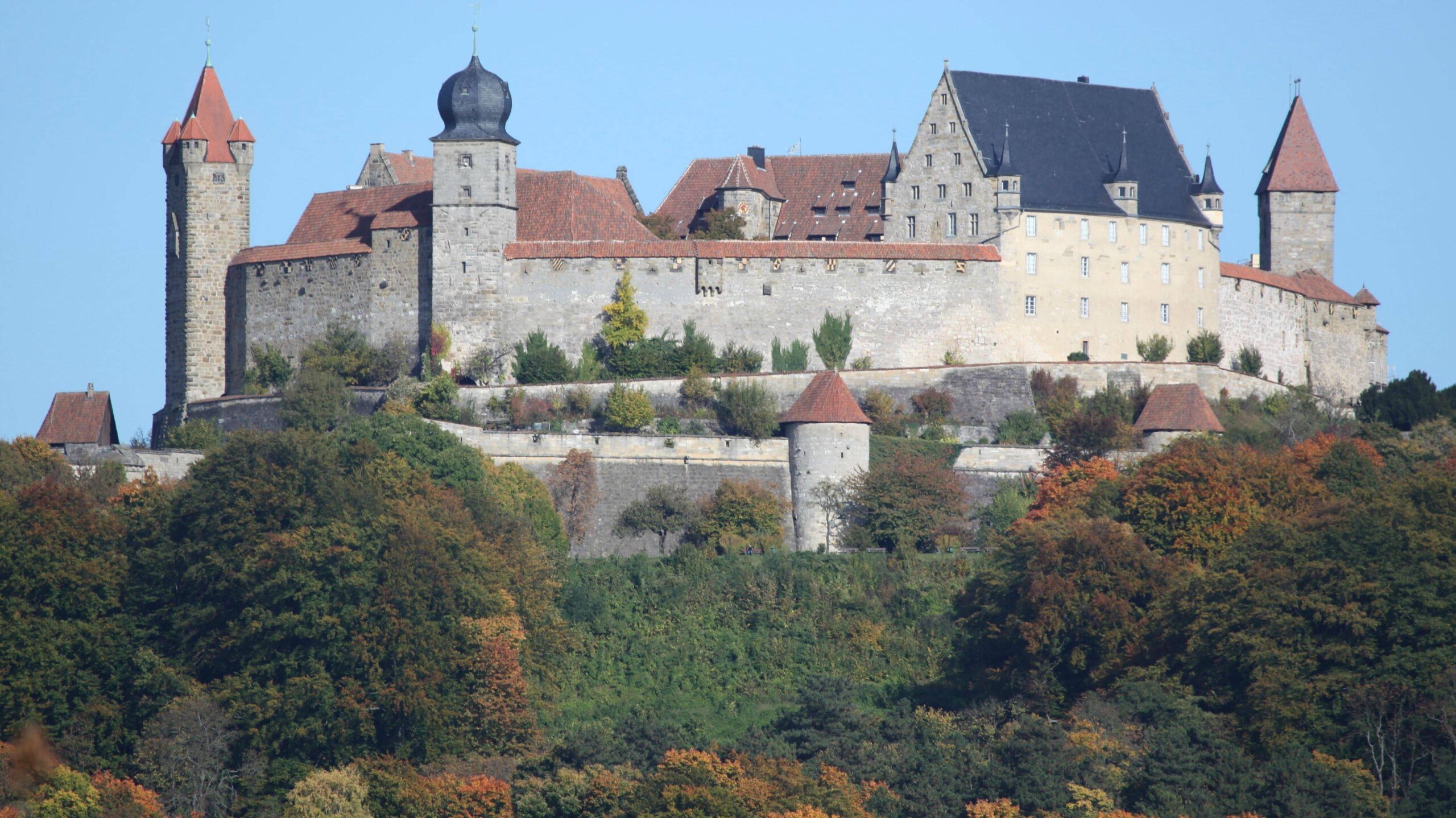Villa dei Vescovi was built between 1535 and 1542 by the then Bishop of Padua, Francesco Pisani, as a holiday home.
The direction of the works was entrusted to the Venetian Alvise Cornaro, who followed the project of the Veronese painter-architect Giovanni Maria Falconetto. The initial imprint of the villa represented the classical Roman style, that is, a square building with loggias and arcades and a central compluvium, the opening in the roof from which sunlight entered, illuminating all the adjacent rooms by reflection. Over the centuries the Villa underwent several changes. In the sixties of the ‘500 was added the courtyard garden to create a more monumental access and were created the stairs of external connection in the west side. Even the access from the east was facilitated with the stairways and the cave of Neptune by Scamozzi. In the middle of the eighteenth century the impluvium was closed to obtain a larger reception hall on the main floor.
The Villa remained the property of the curia until 1962, when it was purchased by Vittorio Olcese and his then wife Giuliana Olcese de Cesare. Finally, it was donated to FAI in 2005 by Maria Teresa Valoti Olcese, Vittorio Olcese’s second wife, and by their son Pierpaolo, in memory of their husband and father. FAI began the restoration work in 2007, which continued until the reopening of the villa in June 2011, restoring to the area and to visitors the wonder of this icon of Italian civil architecture, which is completely integrated into the surrounding landscape.
The marvelous correspondence between nature and human endeavor that characterizes the villa acquires even more value when one considers its original purpose. Built as a summer residence, it was conceived as a place in which to rest, where one could laze about in tranquillity. It soon became a coterie of humanists and men of letters, a very important cultural centre, a source of inspiration for poets, philosophers and artists, who were inspired by the marvellous nature that surrounds Villa dei Vescovi.
